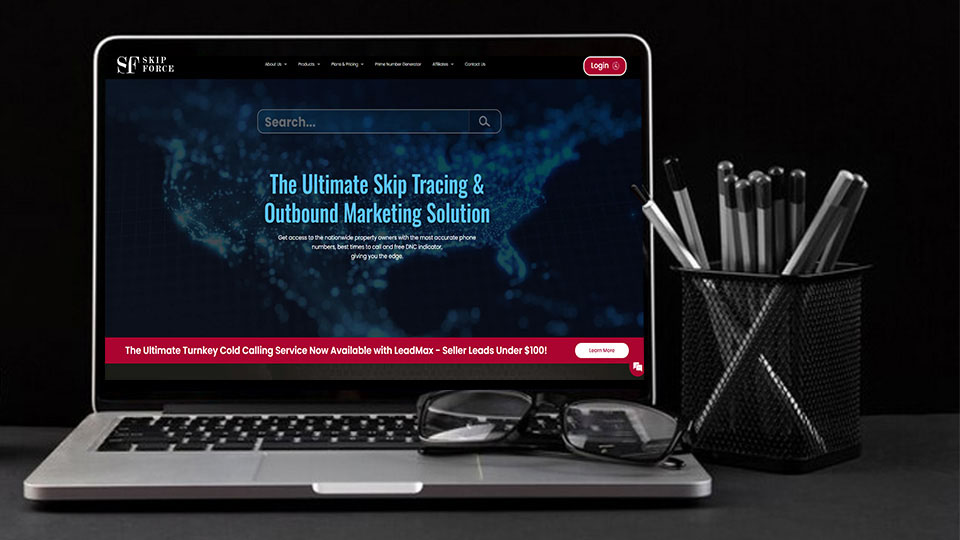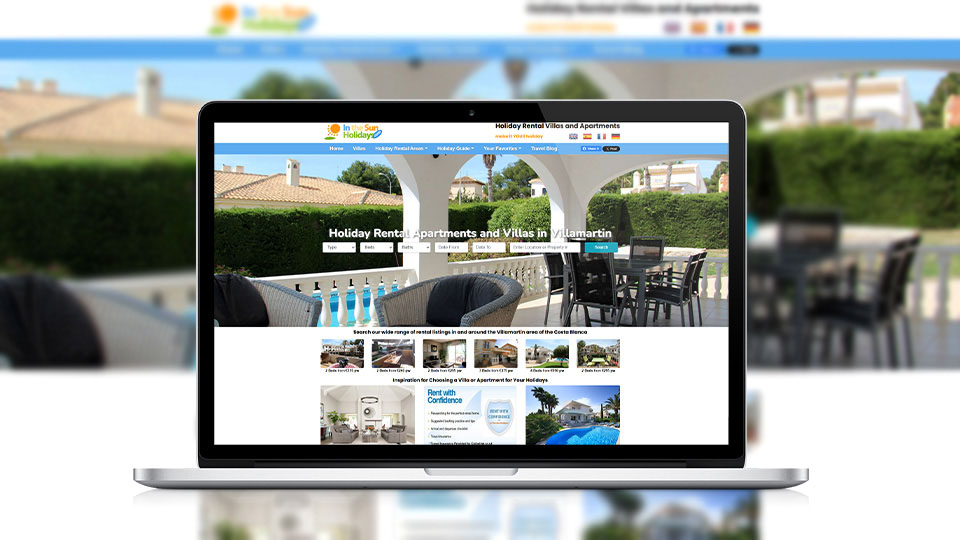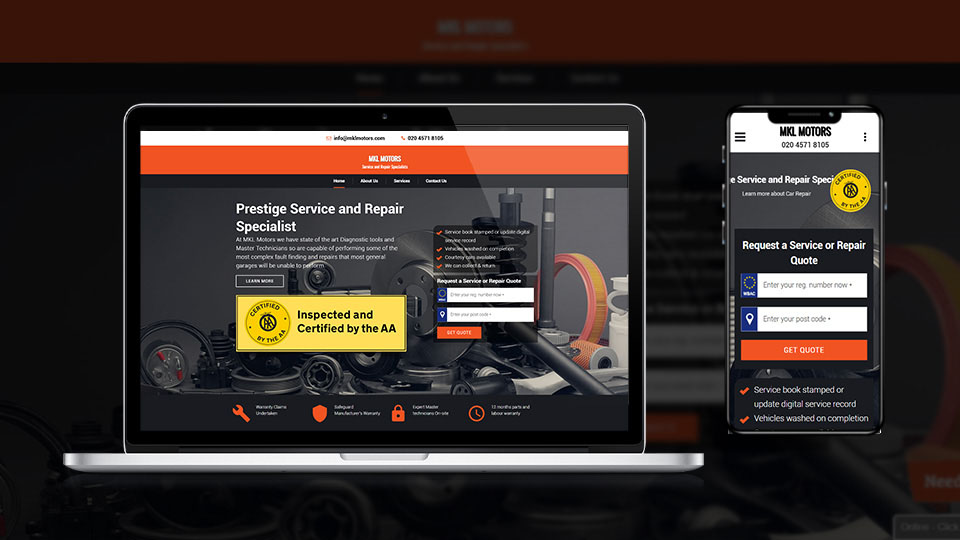
WE WILL HELP YOU
Need a frontend developer on modern frameworks? Want an experienced team that won't just learn from your project? We are ready to talk.

Let's talk about your project
Technology stack
-
 html
html
-
 CSS
CSS
-
 JavaScript
JavaScript
-
 react js
react js
-
 Bootstrap
Bootstrap
-
 Tailwind
Tailwind
-
 laravel
laravel
-
 PHP
PHP
-
 python
python
-
 MySQL
MySQL
-
 MongoDB
MongoDB
-
 Amazon Web Services
Amazon Web Services
-
 Google Cloud Platform
Google Cloud Platform
Case Studies
Web application for real estate skip tracing and outbound marketing.
eCommerce platform for a fashion brand to sell their products online.
Leadspro.io – Cleonix Redefines Lead Generation Through Strategic Innovation
Complete reservation system for holiday rental apartments & villas.
Lead generation & CRM platform automotive garage services provider.
Marketplace for faith-based music creators and enthusiasts.
Frequently Asked Questions
Easy navigation, Mobile responsiveness, apparent contact information, clear call-to-action, fast loading speeds, SEO friendly, quality content, prominent security features, A transparent logo, UI/UX design, a well-made About Us page, testimonials, and social media integration are some essential features every company should consider when creating a website.
Follow these 10 points to improve the user experience and drive conversions: 1. Use white space 2. Optimize website speed 3. Improve mobile responsiveness 3. Utilize hyperlink differentiation 4. Boost website’s accessibility 5. Apply user-friendly navigation 6. Employ user research 7. Implement attractive call to action 8. Include engaging content 9. Add social proofs like ratings, reviews, and customer testimonials 10. Monitor continuously
Essential security features such as SSL certificates for HTTPS encryption, a Web application firewall (WAF), a strong password with MFA (multi-factor authentication), data backup, monitor logs, and regular updates of patches and software need to be implemented to protect a website.
The key components of successful digital marketing include understanding the target audience, implementing SEO (search engine optimisation), generating engaging and relevant content, harnessing social media platforms like Facebook, Instagram, Twitter, LinkedIn, and Pinterest, implementing Google ads, Facebook ads, and email marketing. Moreover, setting objectives and monitoring tracking and conversions are also important for successful digital marketing.
Businesses can monitor key metrics, such as CPA (cost per acquisition), CLV (customer lifetime value), conversion rates, CTR (click-through rate), AOV (average order value), and ROAS (return on ad spend), However, by analyzing this information, you can evaluate the effectiveness of the campaigns and find out where you need improvement to successfully run the campaigns.
Content writing and SEO work together to improve a website’s visibility and drive organic traffic. Through high-quality, relevant, and engaging content, a website can fulfill users' queries, boost its online presence, and establish its brand on the search engine result pages.
An easy-to-use navigation, user-friendly check-out approach, multiple payment gateways, clear product images, a precise description of a product, custom ratings & reviews options, operative search functionality, and an effective shopping cart are some of the key features for a successful e-commerce website.
An e-commerce website can offer multiple payment gateways, provide guest check-out options, show clear pricing, send personalised emails to abandoned cart items, add live chat support, and clarify the return policy to streamline the checkout process and reduce cart abandonment.
To secure online transactions, an e-commerce website should implement SSL certificates for encrypting information, conduct daily security audits, activate secure payment methods, employ multi-factor verification, integrate with PCI standards, and use strong passwords to protect customers' information.
Automation, leads management, pipeline management, contact management, sales forecasting, analytics and reporting, custom services, mobile access, workflow streamlining, and consolidation with other tools are some of the key features of a CRM system.
A customer relationship engagement (CRM) improves customer retention and satisfaction by resolving important customer issues, providing timely follow-ups, gathering customer feedback, enabling proactive involvement based on consumer behaviour, and allowing customized interaction overall, creating more effective customer experiences.
Best practices include identifying the business goals and choosing the right CRM tools to align with the business. Also ensured the quality of data through daily maintenance, connection with other business tools, and regular monitoring needed to successfully implement a CRM in a business.







